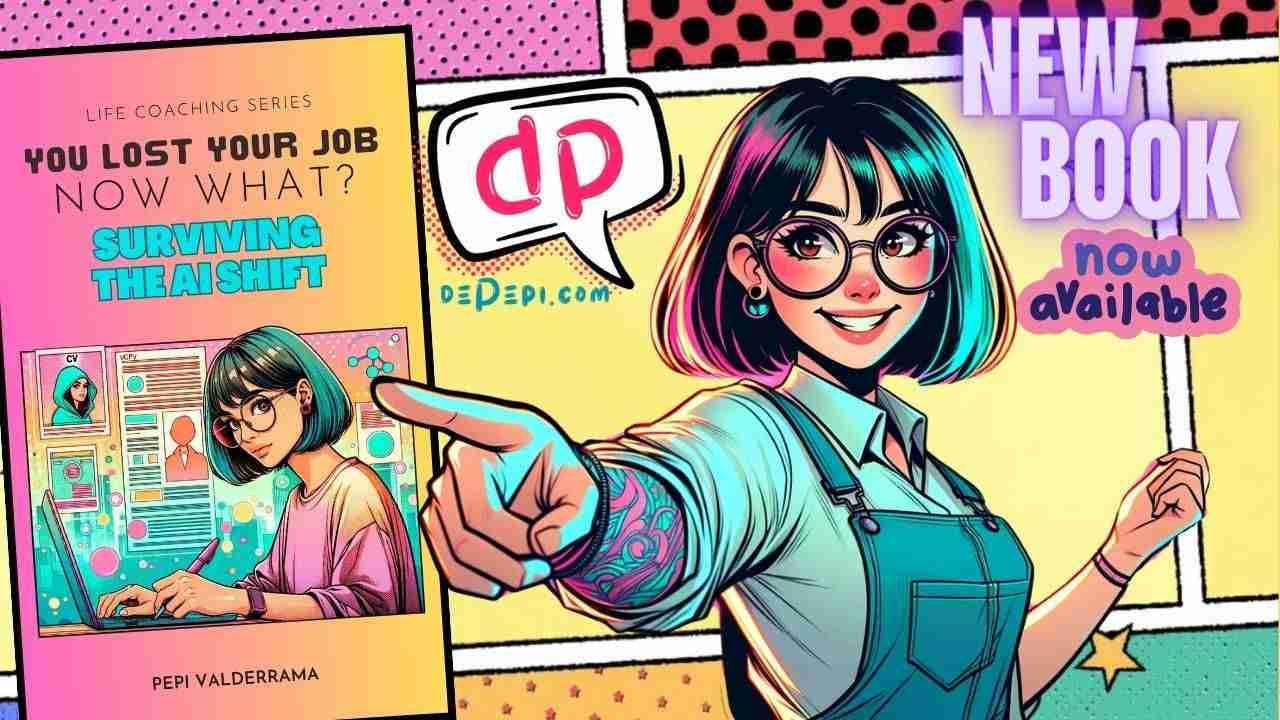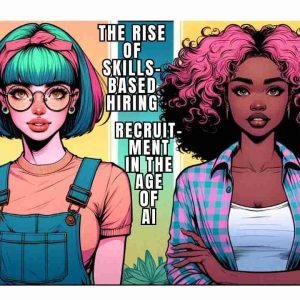Don’t Swamp HR – How to Use AI Strategically in Your Job Hunt

Please, don’t swamp HR. Instead, use AI strategically. Yes, AI is changing the game for job seekers and employers alike. With my new book, “You Lost Your Job. Now What? Surviving the AI Shift,” I delve into the complexities of this new landscape and offer strategic advice for navigating the challenges and opportunities presented by AI in the job search process.
Use AI Strategically – Don’t Use Mass-Application Apps
The use of AI in job applications is a double-edged sword. On the one hand, it has democratized access to opportunities, enabling candidates to apply for roles en masse and levelling the playing field, particularly for neurodiverse individuals. On the other hand, this mass-application phenomenon is overwhelming HR departments and obscuring genuinely qualified candidates amidst a sea of AI-generated applications.
In “You Lost Your Job. Now What? Surviving the AI Shift,” I discourage applicants from using apps and services that allow them to mass-apply to roles without human eyes ever seeing the cover letter or applications they send. Instead, I argue for using AI as a copilot and enhancing the candidate’s application while giving their personality to each one of them. This cooperation will make applications arrive to hiring managers and allow candidates to get their desired interview opportunities.
An Employer Perspective
Employers, such as Daniel Wolken from DailyRemote and Charlene Espie from Tartan Social, express concerns over this trend. There’s a loss of individualism and increasing difficulty in identifying authentic candidates from those who heavily rely on AI to craft their applications and responses. The solution, they suggest, involves integrating more rigorous assessments early in the hiring process and adapting interviewing techniques better to gauge a candidate’s genuine skills and personality.
This situation raises important questions about the role of AI in the job market and how both job seekers and employers can adapt to ensure fairness, individuality, and effectiveness in the hiring process. My book aims to address these issues by providing a guide for job seekers on how to use AI strategically without sacrificing their uniqueness and authenticity.
Some Key Strategies
Here are some key takeaways from “You Lost Your Job. Now What? Surviving the AI Shift“:
- Understand AI’s Role: Recognize the benefits and limitations of AI in job applications. Use AI as a tool to assist with your job search, not as a crutch that replaces your personal touch.
- Personalize Your Applications: While AI can help tailor your applications, ensure they reflect your individuality and professional experiences. Authenticity is key to standing out.
- Prepare for AI-Driven Assessments: Familiarize yourself with the types of AI-driven assessments employers may use, such as online aptitude tests and one-way video interviews. In the book, we explore how to showcase your strengths in these formats.
- Develop Soft Skills: Soft skills like communication, creativity, and empathy become more valuable. Highlight these in your applications and interviews.
- Seek Feedback: Seed feedback from AI but also seek human feedback to get a well-rounded view of your strengths and areas for improvement.
- Network Authentically: Use AI tools to identify networking opportunities but ensure your interactions remain genuine. Personal connections are still crucial in the job search process.
- Stay Ethical: Always use AI ethically and transparently in your job search. Honesty and integrity will set you apart in a landscape where deceit can easily be amplified by technology.
A Step-by-Step Guide
“You Lost Your Job. Now What? Surviving the AI Shift” provides a roadmap for job seekers to navigate the new realities of the AI-enhanced job market. By understanding how to use AI to your advantage while maintaining your individuality and integrity, you can stand out to employers and navigate the AI shift with confidence and success.
Need extra guidance? Get Enhance Your Resume With AI—The Guide now. It’s packed with prompting techniques and examples, best practices, and more!






